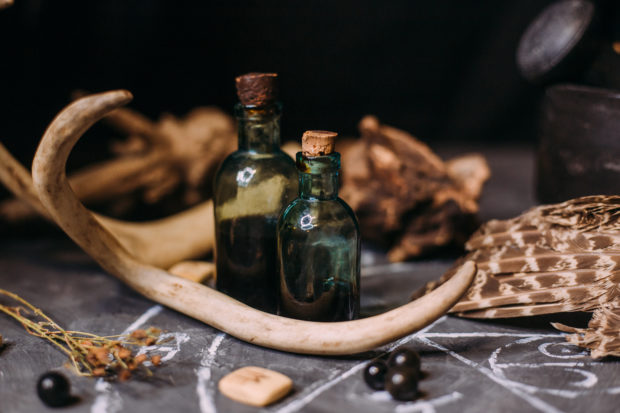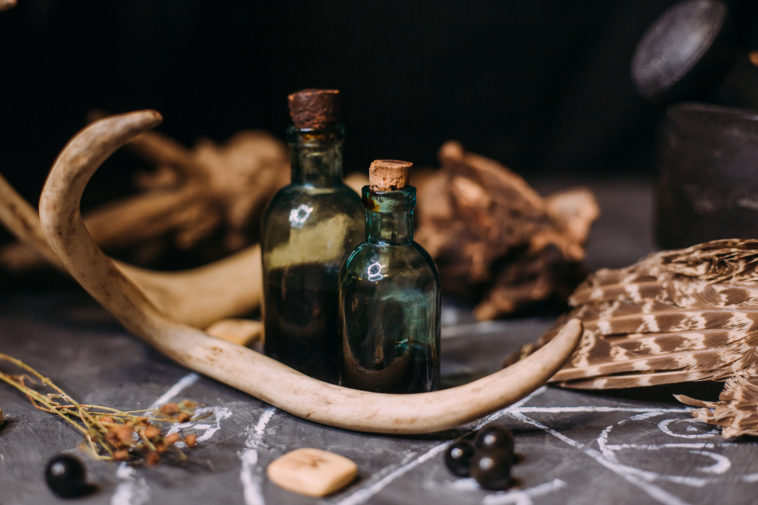Back in 2008, an old ceramic bottle– filled with rusty nails, approximately fifty bent copper alloy pins, and fragments of bone or wood– was discovered by the Museum of London Archaeology Service during an archaeological investigation.
That bottle, now dubbed the “Holywell witch bottle,” dates back to the late seventeenth and early eighteenth century– more specifically, it was likely created sometime between 1670 and 1710.
The vessel is also believed to have been used as a form of spiritual protection against witches since it was found hidden underneath a home located near Shoreditch High Street in London.
And according to Eammon P. Kelly, an archaeologist who penned Archaeology Ireland, these “witch bottles” had some strange ingredients.
“The most common contents of a witch bottle are bent pins and urine, although a range of other objects was also used,” he said.
These other objects might have included everything from hair, nail clippings, and iron nails to thorns or other sharp materials that were specifically selected in hopes of creating a physical protection charm.
Some objects, like the pins found in the London investigation, were also bent to serve specific purposes.
“It was thought that the bending of the pins ‘killed’ them in a ritual sense, which meant that they then existed in the ‘otherworld’ where the witch traveled. The urine attracted the witch into the bottle, where she became trapped on the sharp pins,” Kelly detailed.
The bottles that these obscure ingredients were held in also differed, too. Sometimes, they were made of ceramic or glass. Other times, the bottles were actually made to resemble characteristics of human faces.

Sign up for Chip Chick’s newsletter and get stories like this delivered to your inbox.


